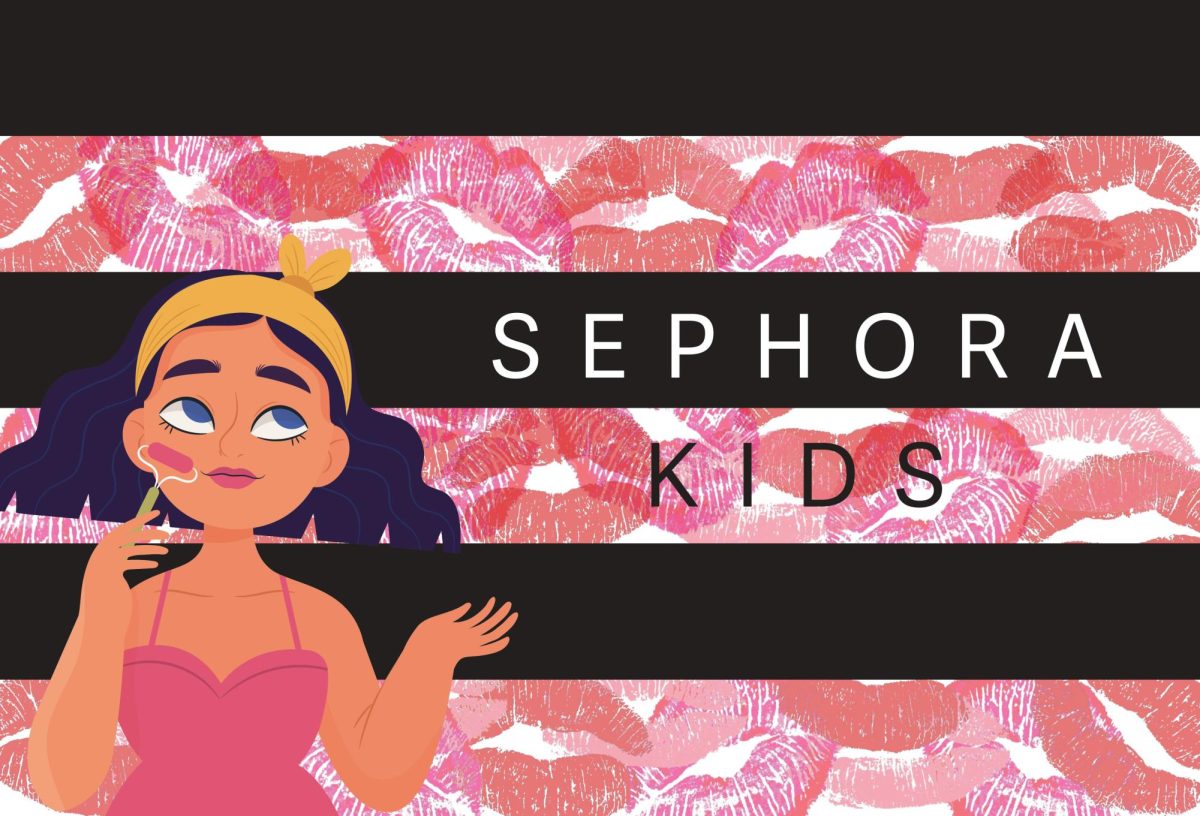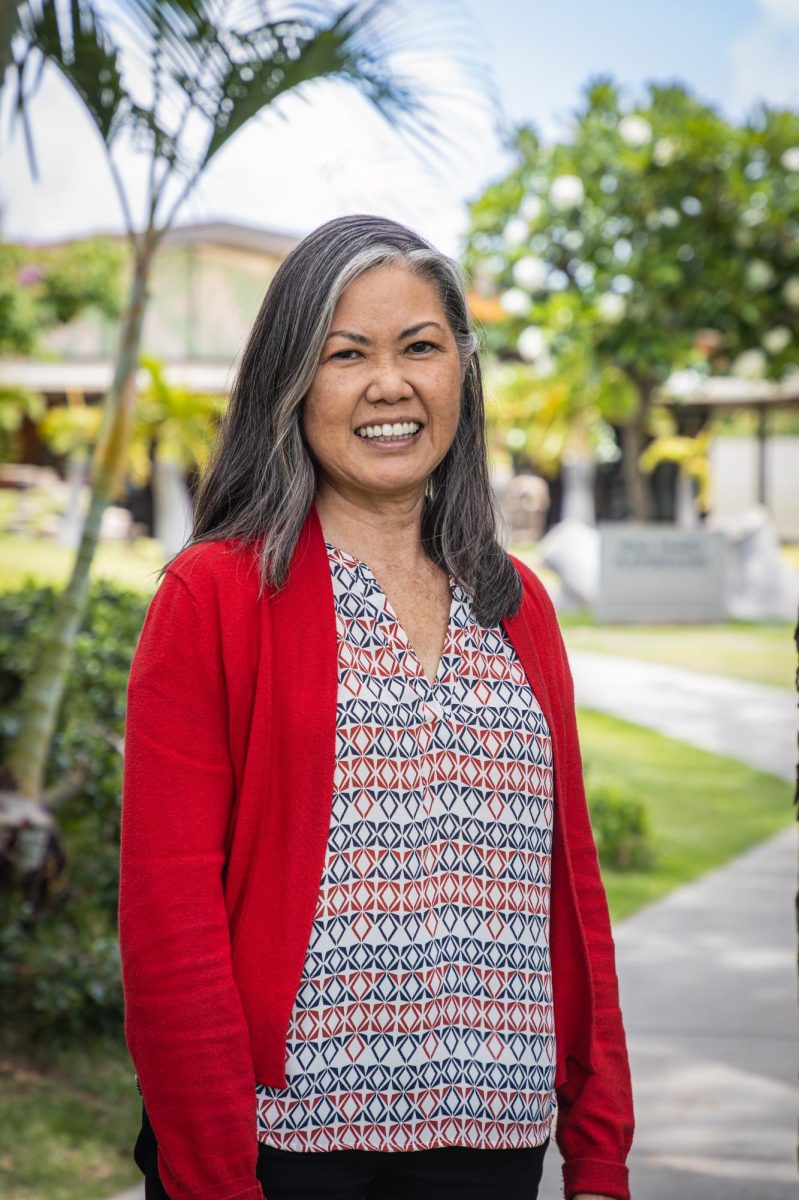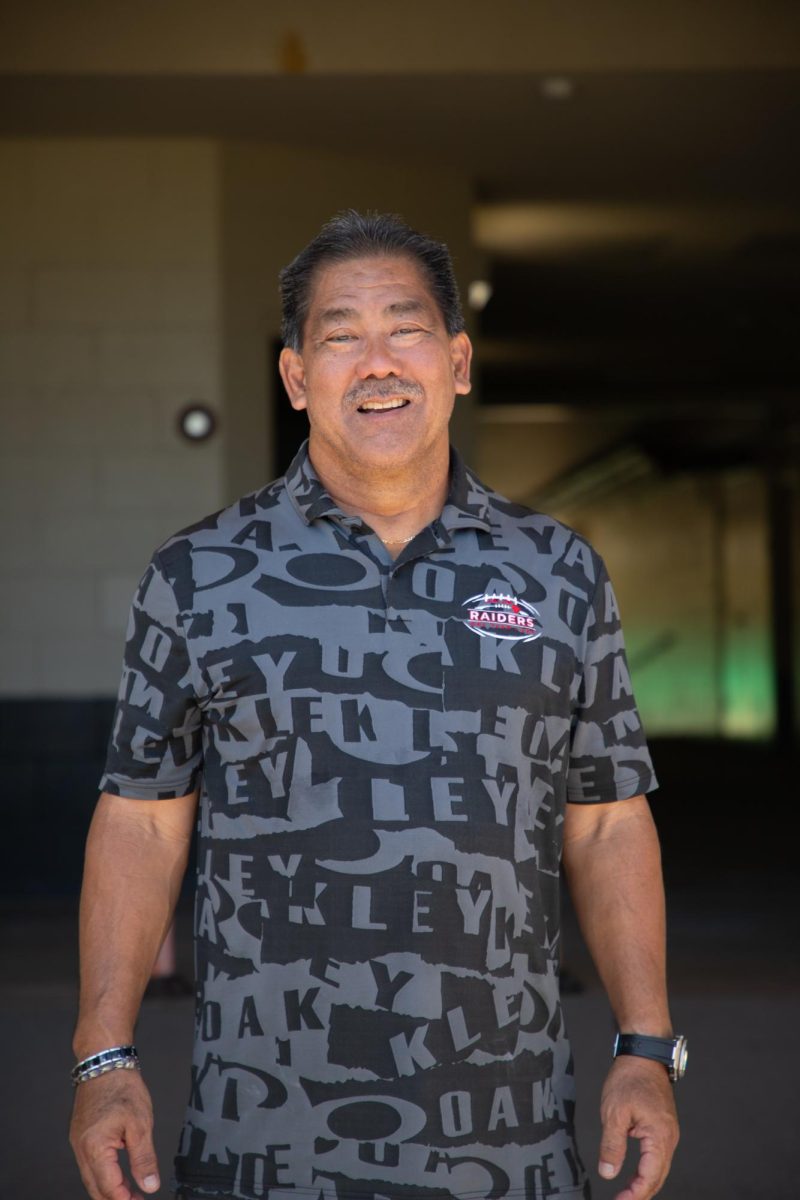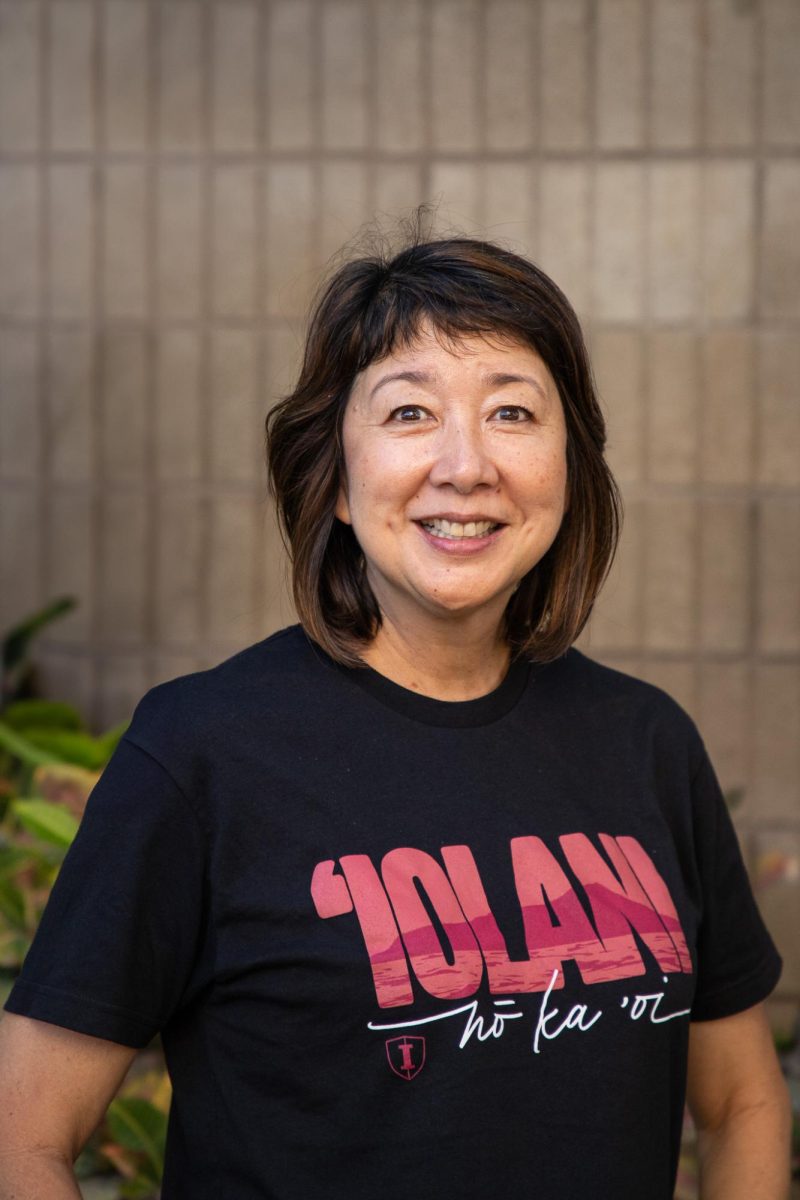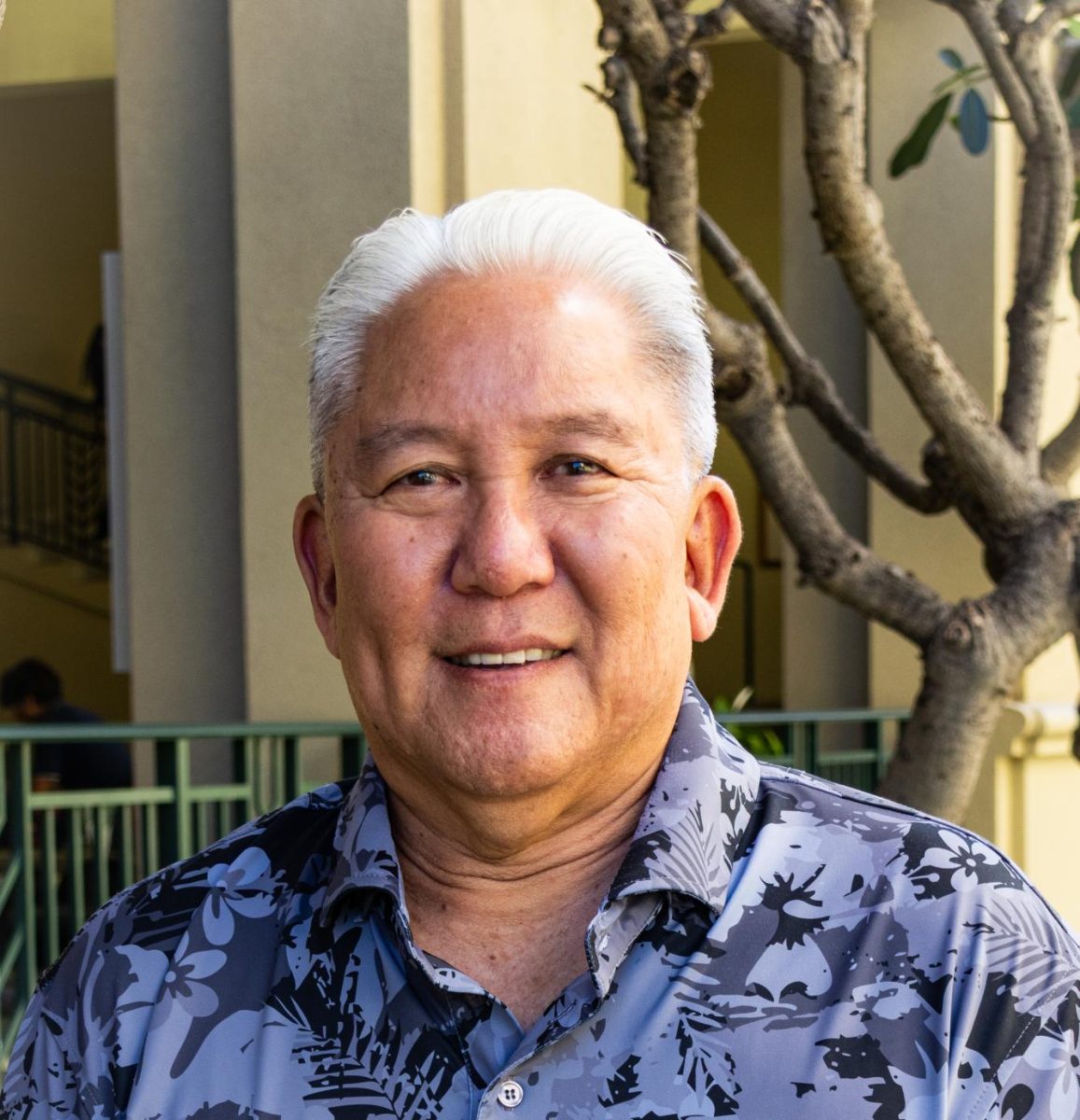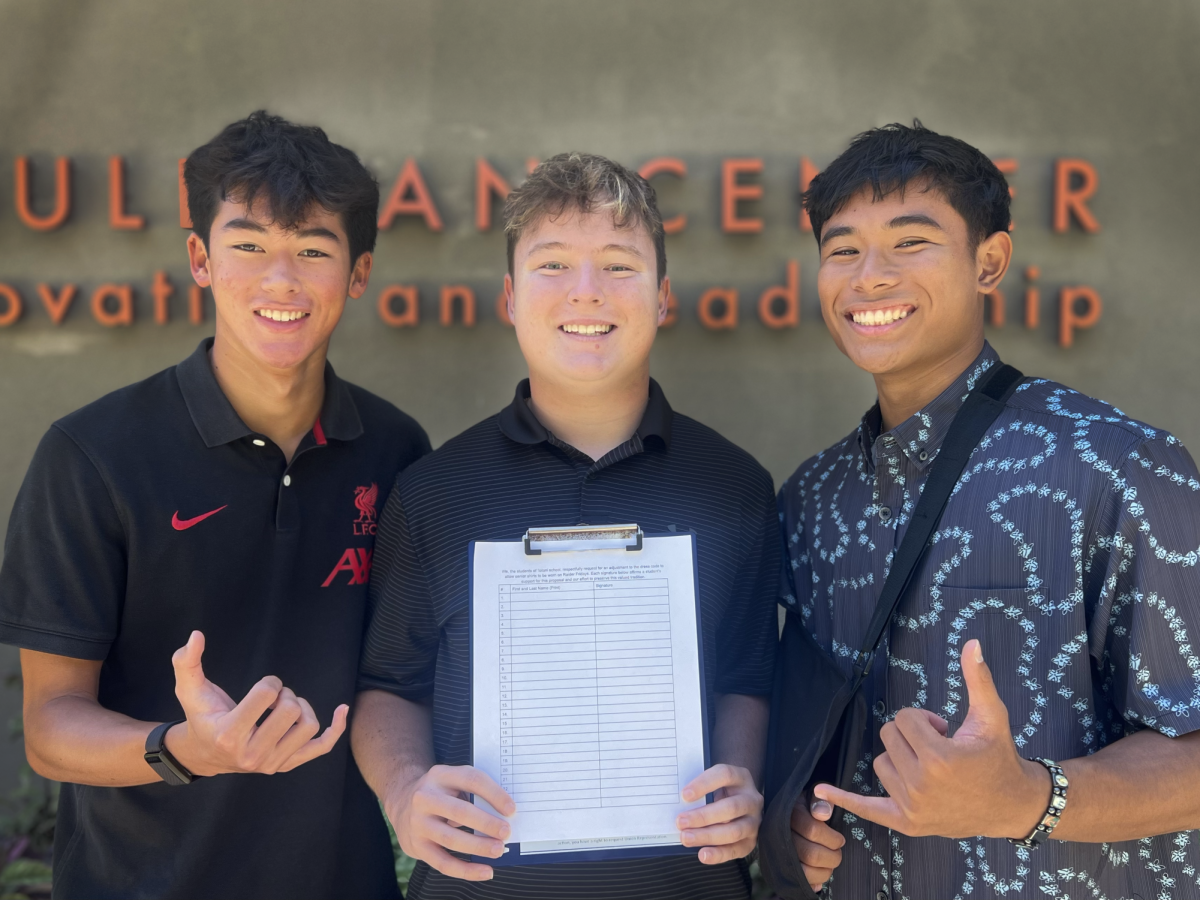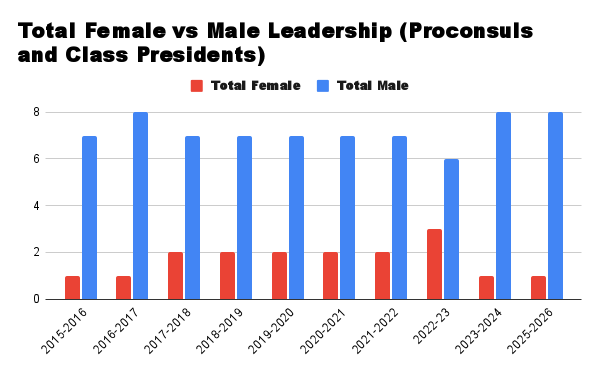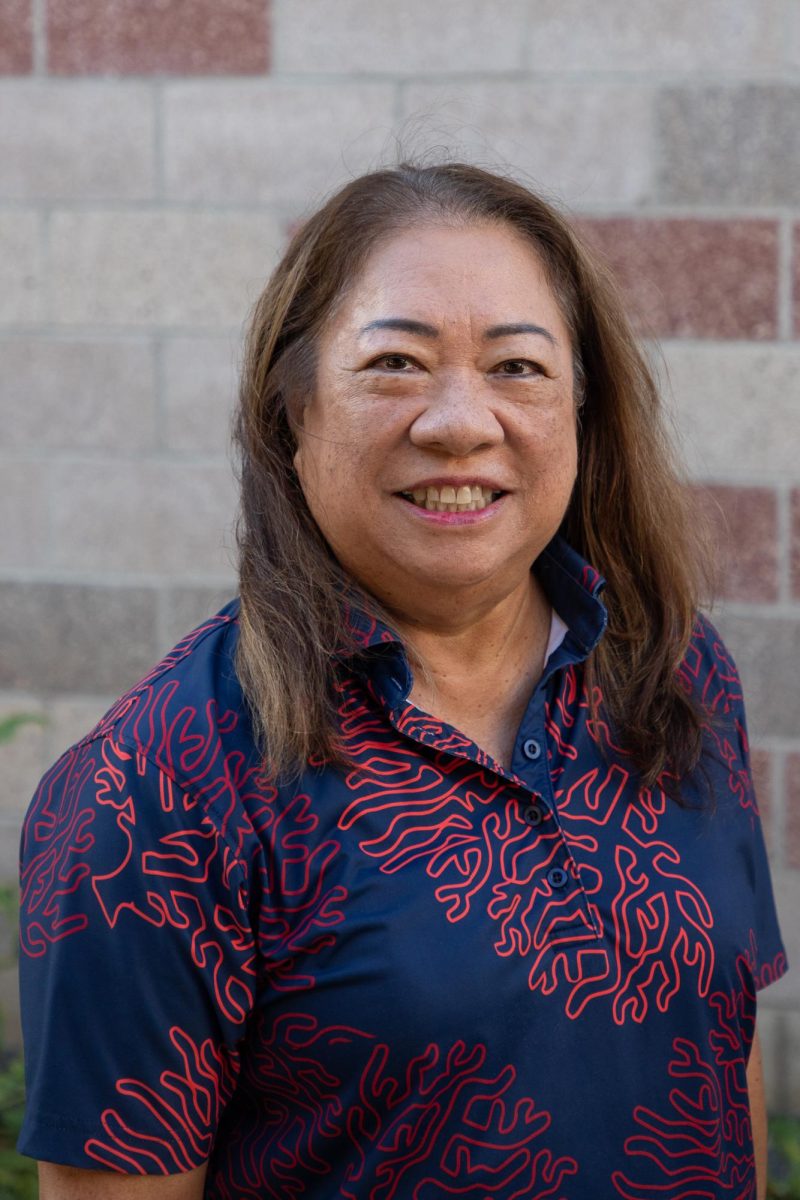You may remember buying cheap, colorful, and glittery makeup from Target as a kid. But now kids are getting expensive and professional makeup from Sephora. Sephora kids are typically preteens who excessively emulate skincare and makeup trends marketed toward older teens or adults. One of the main causes of this phenomenon is social media.
With the fast-growing technological advancements, children below the age of 13 are using social media platforms like TikTok and Instagram. This exposes them to a constant stream of beauty-related content, especially with the ongoing trend of GRWM (Get Ready with Me) videos and skincare smoothies, a trend where you combine different products together. Children learn from those around them. Seeing influencers rewarded with followers, likes and brand deals can motivate them to want the same things. In addition, tweens are becoming very self-conscious about their looks. The exposure to social media, which often contains a false impression of life, further perpetuates this pressure on tweens to achieve unrealistic goals.
Many high schoolers criticize this Sephora trend. Nanami Yamanaka ’27, a Sephora customer, believes that ‘“[Sephora kids] are very entitled, very spoiled, very bratty.” She continued, describing how this situation is an “unhealthy obsession, waste of money, [and] not necessary.” However, it was refreshing to see that not all of them hop on the bandwagon of this unhealthy trend, despite falling under the “Sephora kids” age range. Sixth-grader Jordana Tse ’31 pointed out that she would notice “Kids that are eight or nine go test products and mess them up.” We have reached out to Sephora employees regarding this situation; however, they indicated that management did not want employees to speak on this issue. Jordana also noted that “Their basket is filled with products.”
So, who is to blame for this phenomenon? Nanami asserted that they are “100% influenced by social media.” One student from the class of 2033 confirmed that she uses YouTube and TikTok to shop for products, both of which have an age restriction of 13+. Parental supervision is crucial in preventing Sephora kids from following trends inappropriate for their age. Emma Cho ’28 said, “It is the parent’s duty to teach their kids what to do and what’s right.” She continues, “[Using social media at their age] is really not okay; they can be influenced by bad videos, like putting on too much makeup.” It was nice to see how parents are taking the responsibility to limit their child’s use of social media. When the group of fourth-graders were asked about their usage of social media, most of them denied it in unison. For example, Evelyn Mastratonio ’33 says,“My parents will never let me use it.”
Among the six fourth-graders interviewed, only one of them regularly shops at Sephora. When asked about her frequency, she replied, “Maybe every other day,” and when asked about her spending, she replied, “Maybe about 100 dollars.” Brands she uses include Glow Recipe and Elf. For skincare, she uses face serum and toner. For makeup, she uses blush, eyeshadow, lipstick, and sometimes eyeliner. Although all the fourth-graders screamed with excitement on the topic of Sephora, most are just little girls who enjoy makeup, just like when Gen-Z was their age. For example, Evelyn says, “I use my mom’s drunk elephant thingies.” The interaction with the fourth-graders was not quite what was expected, as on social media, they are portrayed as bratty and overly obsessed with makeup. This whole “Sephora Kid” trend could just be an exaggerated portrayal of a small group of young kids, and hopefully less and less kids will fall under this category.
While the “Sephora Kid” trend reflects the growing influence of social media on today’s youth, it is essential to recognize not all children are swept up in this phenomenon. While a few preteens may excessively indulge in beauty products, most children are still navigating their interests with moderation, much like previous generations. How can we stop more children from falling into this obsession? Parental guidance still remains key in shaping healthy habits. But, the best case scenario is just to ban them from using it before they can make good choices for themselves. Hopefully, the rise of “Sephora Kids” will be put to an end and start declining from today.

